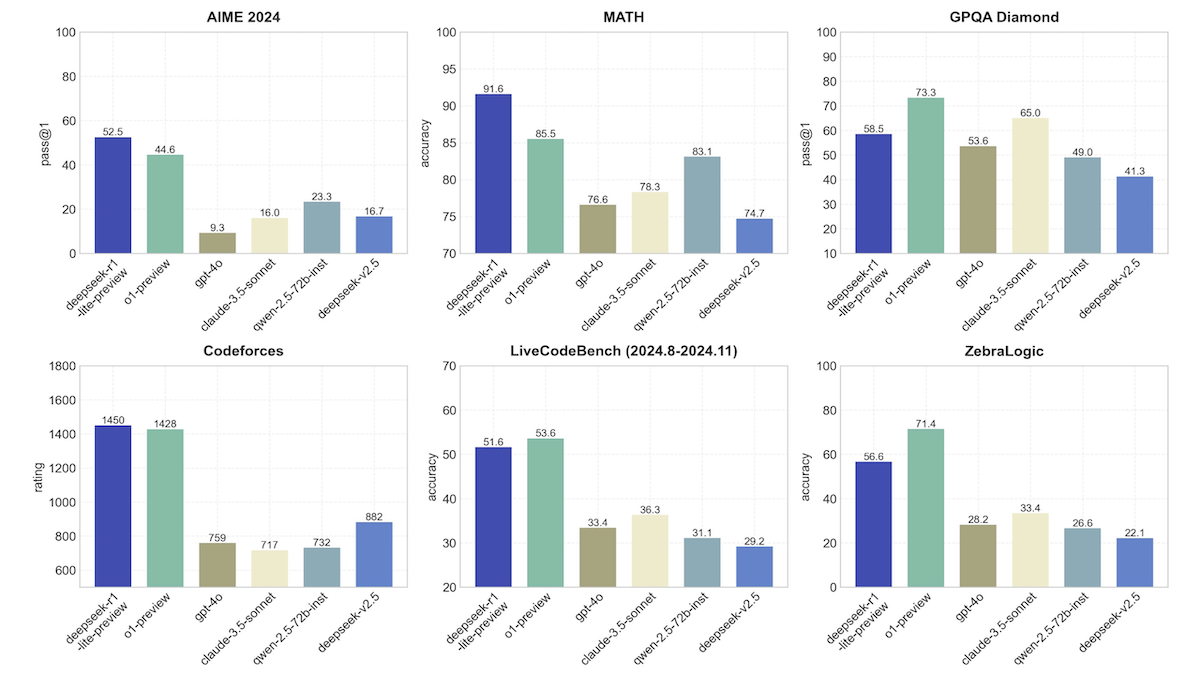Post-40 Performance In Formula 1: Triumphs And Setbacks Of Racing Icons

Table of Contents
The Physical and Mental Demands of F1 Racing After 40
The grueling physical and mental demands of Formula 1 racing present a formidable challenge at any age, but these challenges are amplified after the age of 40. Maintaining peak performance requires a meticulous approach, combining advanced training strategies with unwavering discipline.
Maintaining Peak Physical Condition
The rigorous physical demands of F1 require intense training and discipline, even more so as drivers age. The G-forces experienced during high-speed cornering, braking, and acceleration put immense strain on the body. Older drivers must adapt their training regimens to mitigate the impact of aging on muscle strength, endurance, and cardiovascular health.
- Specialized Training: Many drivers incorporate specialized training programs focusing on strength conditioning, cardiovascular fitness, and flexibility. This often involves tailored exercise routines, including weight training, cycling, and high-intensity interval training.
- Nutritional Strategies: Maintaining a strict diet plays a crucial role in recovery and performance. Drivers often work with nutritionists to optimize their diets, focusing on nutrient-rich foods that support muscle repair and energy production.
- Injury Management and Recovery: Injuries become a greater concern as drivers age. The recovery time from injuries increases, potentially impacting their ability to maintain consistency throughout the season. Effective injury prevention strategies and rapid recovery methods are critical.
- Technology's Role: Modern technology and data analysis play a significant role in optimizing driver performance. Advanced fitness trackers, biometrics, and performance analysis help drivers and their teams to monitor training loads, identify areas for improvement, and personalize training plans to manage the effects of aging.
Cognitive Function and Reaction Time
As drivers age, maintaining peak cognitive function and reaction time is crucial. The split-second decisions required during a race place immense demands on mental agility and processing speed.
- Mental Fortitude: Experience plays a vital role in compensating for potential age-related declines in reaction time. Older drivers often possess a superior understanding of race strategy, track conditions, and competitor behavior.
- Cognitive Training: Many drivers incorporate cognitive training techniques into their routines, aiming to improve focus, concentration, and decision-making skills under pressure. This might involve exercises designed to enhance memory, processing speed, and spatial awareness.
- Strategic Advantage: Experienced drivers can leverage their knowledge and strategic thinking to offset any limitations in pure physical reaction time. Careful race management, tire strategy, and anticipating opponent's moves are crucial for success.
Notable Examples of Successful Post-40 F1 Drivers
While many assume that Formula 1 is a young man's game, several drivers have defied expectations and achieved significant success after turning 40. These individuals demonstrate that experience, adaptability, and unwavering dedication can compensate for age-related physical changes.
Case Studies of Exceptional Longevity
- Juan Manuel Fangio: A prime example of exceptional longevity, Fangio won his fifth and final World Championship at the age of 46, showcasing remarkable skill and adaptability even in the face of stiff competition from younger drivers.
- Nigel Mansell: Mansell secured his World Championship title at the age of 39, demonstrating that a driver's peak can extend well into their late thirties and beyond. His driving style, known for its aggressive overtakes, often allowed him to gain advantages despite any physical decline.
- Alain Prost: Known for his strategic brilliance and tactical acumen, Alain Prost maintained competitiveness deep into his career. Although he didn't win championships post-40, his performance showed continued high-level skill.
Comparing their Performance to their Younger Years
Analyzing the performance metrics of these drivers before and after turning 40 reveals interesting trends. While pure speed might show a slight decline, experienced drivers often demonstrate improved consistency, strategic racecraft, and race management skills. Comparing qualifying times and race results reveals these subtle but significant shifts in performance. The data highlights how strategic decision-making and refined racecraft can compensate for any age-related loss of raw speed.
Challenges Faced by Older F1 Drivers
Despite the success stories, older F1 drivers face unique challenges. The relentless pressure to compete with younger, often faster rivals, along with the physical demands and contract negotiations, present significant hurdles.
Competition from Younger Drivers
The constant influx of young, exceptionally talented drivers creates fierce competition. These newcomers often possess superior reflexes and physical capabilities, adding pressure on older drivers to maintain their performance levels. This competitive environment makes securing a competitive seat and achieving consistent results more challenging.
Physical Limitations and Injuries
The increased risk of injuries and prolonged recovery times associated with aging is a significant factor. Older drivers may experience muscle strains, bone fractures, or other injuries more frequently, and recovery periods are generally longer. Teams often need to adapt their strategies to accommodate these physical limitations.
Contract Negotiations and Team Dynamics
Securing competitive seats becomes more challenging as drivers age. Teams often prioritize younger drivers perceived to have a longer career span and greater earning potential. This leads to intense contract negotiations, potential salary reductions, and pressure to justify their continued presence in the team.
Conclusion
This article explored the complexities of Post-40 Formula 1 Performance, highlighting both the remarkable achievements of some drivers and the considerable challenges they face. We've seen that while physical capabilities might naturally decline, experience, strategic thinking, advanced training, and mental resilience can significantly impact a driver's continued success. The examples provided demonstrate that age is not necessarily a barrier to top-level performance in Formula 1; it's a factor that demands adaptation and strategic approach.
Call to Action: Want to delve deeper into the fascinating world of post-40 Formula 1 performance? Explore our other articles on legendary drivers and their careers, or delve deeper into the science of aging and athletic performance. Continue your research on Post-40 Formula 1 Performance and discover more inspiring stories of resilience and triumph on the track!

Featured Posts
-
 A Fungi That Could Eat You From The Inside Out The Threat Of Climate Change
May 26, 2025
A Fungi That Could Eat You From The Inside Out The Threat Of Climate Change
May 26, 2025 -
 The Naomi Campbell Anna Wintour Rift Truth Behind The Met Gala Exclusion
May 26, 2025
The Naomi Campbell Anna Wintour Rift Truth Behind The Met Gala Exclusion
May 26, 2025 -
 Google Vs Open Ai A Deep Dive Into I O And Io
May 26, 2025
Google Vs Open Ai A Deep Dive Into I O And Io
May 26, 2025 -
 Comparaison Le Pen Ramadan Par Enthoven Impact Et Reactions
May 26, 2025
Comparaison Le Pen Ramadan Par Enthoven Impact Et Reactions
May 26, 2025 -
 Gregor Robertson On Affordable Housing A Realistic Approach To Market Stability
May 26, 2025
Gregor Robertson On Affordable Housing A Realistic Approach To Market Stability
May 26, 2025
